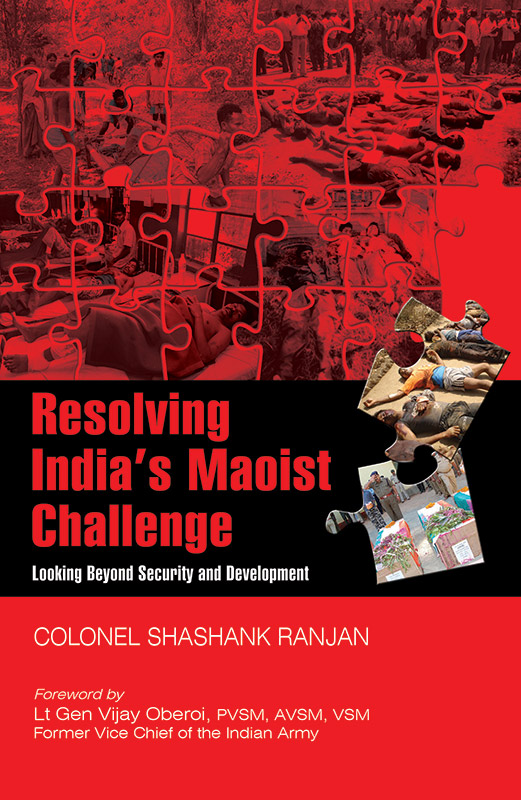Subjects
Resolving India's Maoist Challenge: Looking Beyond Security and Development
Shashank Ranjan
The Maoist or Naxalite insurgency began in the late 1960s as a peasant struggle. It represented the revolutionary stream of Indian Marxism which did not believe in a parliamentary democracy, and argued for armed struggle instead, to bring about systemic changes. One of the major factors that explains the footprint of this anachronistic doctrine is the near absence of state agencies and services across India’s vast tribal hinterland, and not any irresistible appeal of the ideology.
A ‘strategy’ of response to resolve the challenge would have to factor in the cumulative deficits, as also the roots of these deficits. It can not be ‘only security’ or ‘only development’ or even both blended. The narrative shall have to go beyond; into the people-centric realm. The government has delineated its strategy on these lines but more needs to be done. Without addressing the root causes, the challenge will not be solved.
The book is divided into four sections. The first section deals with the crucial tribal narrative, since the tribals are primarily the people affected by this rebellion. This insurgency is undoubtedly about them, their governance, and their empowerment. The second section deals with the facets concerning the sustenance of the rebellion in terms of the organisational set-up, war machinery and ideology. The third section delves into the perception paradigm, reflecting as to how the rebels have been able to influence the thought process of the tribal population and the associated myths about their image. The state needs to address these, based on truth, and a constructive course of action. The final fourth section deals with measures that are required to set our house in order wherein an analysis has been attempted vis-à-vis institutional weaknesses and limitations.
The main objective of this book is to explore the dynamics of the conflict, cutting across the socio- economic, institutional and human domains.


 Political Science
Political Science


